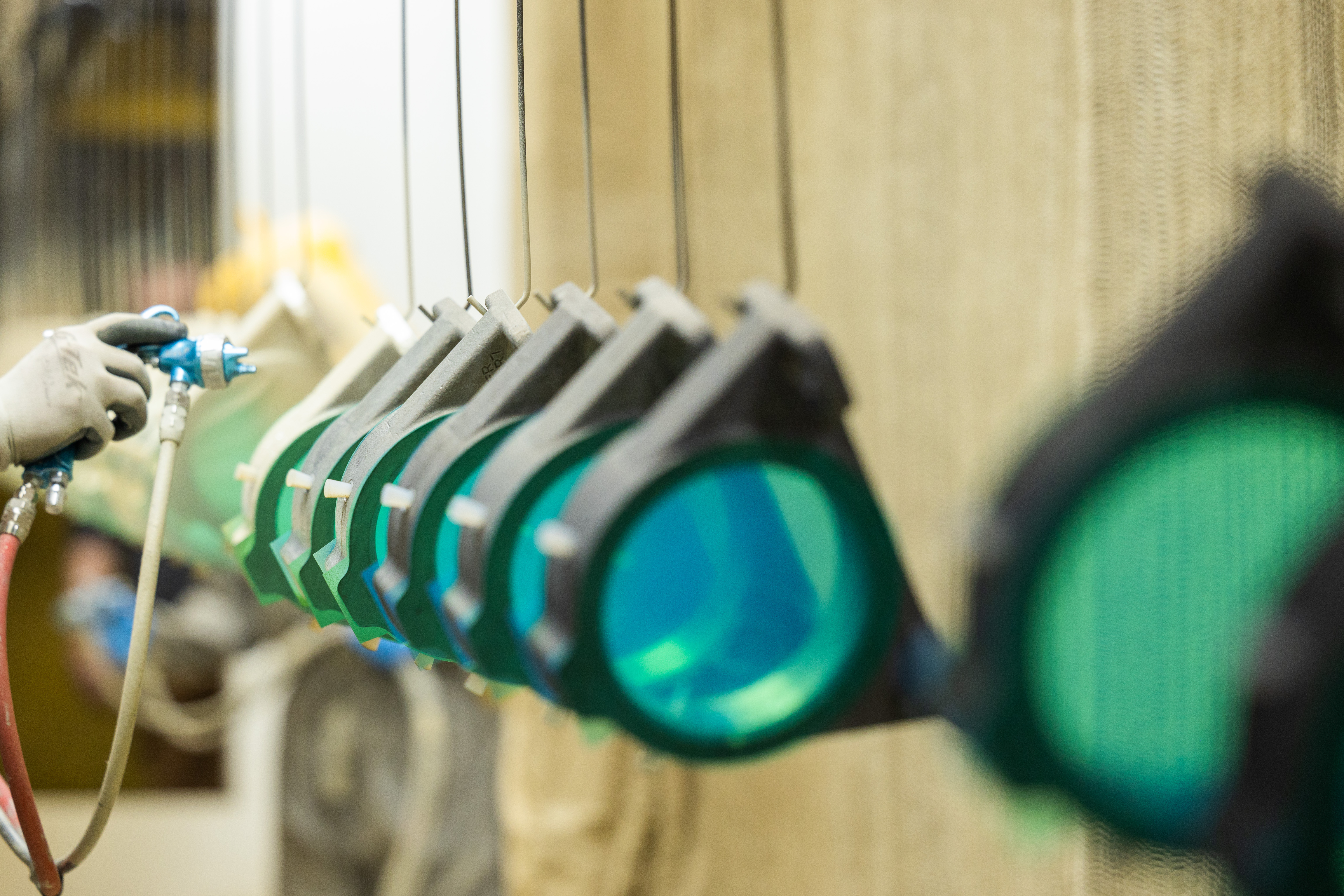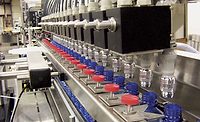Benefits of High-Tech Paint-Mixing and Filling Equipment

Credit: Алексей Филатов, iStock / Getty Images Plus, via Getty Images
As manufacturing becomes more automated or dependent on robotic technologies, people have become more interested in how this progress could improve paint preparation. Options in high-tech mixing and paint-filling equipment help companies enhance their processes.
Most of the newest automation-driven machines are also specially designed to address some common pain points associated with industrial manufacturing. For example, paint mixers may have self-cleaning pumps and accompanying data analysis tools, or offer far better accuracy than the machines used decades ago. Here are some notable benefits of using advanced paint-mixing and filling equipment.
Reducing Health Risks for Workers
Health experts generally agree the risks of paint fumes are low for people who are only exposed to them occasionally, such as when doing at-home projects. However, it’s a different story for those around paint fumes for work.
Researchers studied 50 automobile plant workers with regular exposure to paint fumes, then compared them to 50 others at the same facility who don’t work around paint. Both groups had blood samples taken, and the results indicated people with occupational paint exposure were at a greater risk of impaired renal and liver function. Relatedly, the workers who dealt with paint were more likely to suffer oxidative stress and damage.
Those who conducted the study highlighted the need to educate workers about the potential dangers and emphasize the need to wear personal protective equipment. Those steps are excellent starting points. However, it would be even better if industrial facilities incorporated robotic mixing and filling equipment.
Workers would then have two fewer steps that expose them to large quantities of paint, and its associated fumes. Such a solution is not a universally applicable fix, nor does it eliminate the problem. However, this minimization is a step in the right direction for improved worker safety through mitigation.
Supporting Product Innovation
Manufacturers in the paint and coatings industry know the importance of regularly releasing new, forward-thinking products to meet customers’ precise requirements. One recent example is when PPG released a retroreflective powder coating for bicycles. The advanced formula features embedded glass beads that refract light and retroreflect it back to vehicle drivers, making cyclists more visible.
Leaders at some paint companies also realize automation is essential for ensuring their enterprises keep up with competitors. Such was the case when WB Coatings invested in a painting robot to support the development of new paints with unusual properties.
The multifunctional machine enables the mixing and dosing of two-component paints. It also provides excellent precision when adding specific amounts of color to a surface. That capability lets manufacturers learn how much product they should use to get the desired results.
The robot was also a game-changer for the company because representatives could run in-house tests on different base coats. Similarly, they can use the robot to model various industrial paint production and usage options. Those results give information for engineers to create new paints well-suited to the target market’s current and emerging needs.
Enabling More Flexibility with Paint-Filling Equipment
Succeeding in the paint industry means catering to clients with various needs. While some might require paint in large amounts, others need much smaller containers. When customers look for paint specialists, many are more likely to do business with entities that can give them products in various quantities.
High-tech paint-filling equipment has that capability and is essential when manufacturers want to offer their paints or coatings in different sizes and price points. Consider the example of one company specializing in automatic and semiautomatic paint-filling lines. Their options accommodate paint containers up to 1,000 liters or as small as 100 milliliters.
The paint can also go in various vessels, from bottles to totes. That versatility makes it easier to choose a container that will fit users’ needs, making it convenient for them to use the paint and increasing the likelihood of repeat purchases.
Other products on the market have screens for users to create and store paint recipes. Such features enhance the workflow and reduce manual interventions. They’re also convenient if clients need custom paint mixtures dispensed into specific containers. Workers can manipulate the machine’s settings to indicate how it should operate, then let the paint-filling equipment do the rest.
Allowing Better Traceability of Raw Products
Paint manufacturing is more complicated than many people outside of the industry realize. For example, making a paint involves mixing fine-grain pigments with resin to moisten them. Then, manufacturers add at least one solvent and the necessary additives. Other steps follow for dispersing the pigment and ensuring the paint comes out in the desired color.
Smart sensors help manufacturers worldwide by improving asset-tracking capabilities. Automated mixing and paint-filling equipment can offer similar benefits by preventing waste and enabling the precise use of resources. It’s then easier for manufacturers to calculate how many raw materials they need to cover business operations for a month, quarter, or other defined period.
In one case, Merck recently launched a fully automated solution for digital color management. Leaders believe this asset will significantly improve production at a German site that is one of the company’s largest devoted to pigment manufacturing. The investment was nearly €10 million, and will eliminate the need for humans to use visual perception.
When processes are mostly manual and subject to such variability, manufacturers may use more resources than necessary to make their products. Consistency decreases, too. One of the reasons Merck switched to digitalizing its color-mixing processes is that the change allows customer verification, which is an excellent way to build client trust over the long-term.
Additionally, using automated paint-filling equipment eliminates the waste that can occur with manual processes. Operators can set the machines to fill containers by weight or volume, ensuring the right amounts go into the respective containers.
Making Graffiti Removal More Efficient
City managers, school administrators, and others in power within communities continually struggle to keep walls and other surfaces free from graffiti. Taking too long to remove it and repaint the affected surfaces could encourage others to use graffiti in the same area or nearby places. However, the process can take longer than expected if workers have difficulty matching the replacement paint to what is already on the tagged surface.
A robot called the T.R.S. 001 has color-detection cameras on its front. Those components allow the machine to analyze a wall chromatically and geometrically before removing graffiti. It can detect aspects like doors, windows and gutters, as well as the position of the graffiti tags.
The robot then detects the previous color and uses its internal mixers to make it. Next, the robot’s nozzles apply the new paint to the surface. In addition to its omnidirectional wheels on the base, the machine has proximity sensors to locate and move around obstacles safely.
Painting technology specialists could capitalize on robots like this one, using machines to solve known pain points. For example, the built-in mixing capabilities and the front cameras reduce wasted time caused by color-matching challenges. Using robots to deal with graffiti also makes the process more efficient and lets gets the job done without looking for available workers.
Choosing Automated Mixing and Paint-Filling Equipment
These advantages are some of the many reasons why decision-makers invest in high-tech paint-filling equipment and automated or robotic mixing solutions. Following their lead will likely require a significant time commitment and financial investment. However, making this change could pay off by letting manufacturers focus on continuous improvement and reduce issues.
Looking for a reprint of this article?
From high-res PDFs to custom plaques, order your copy today!






